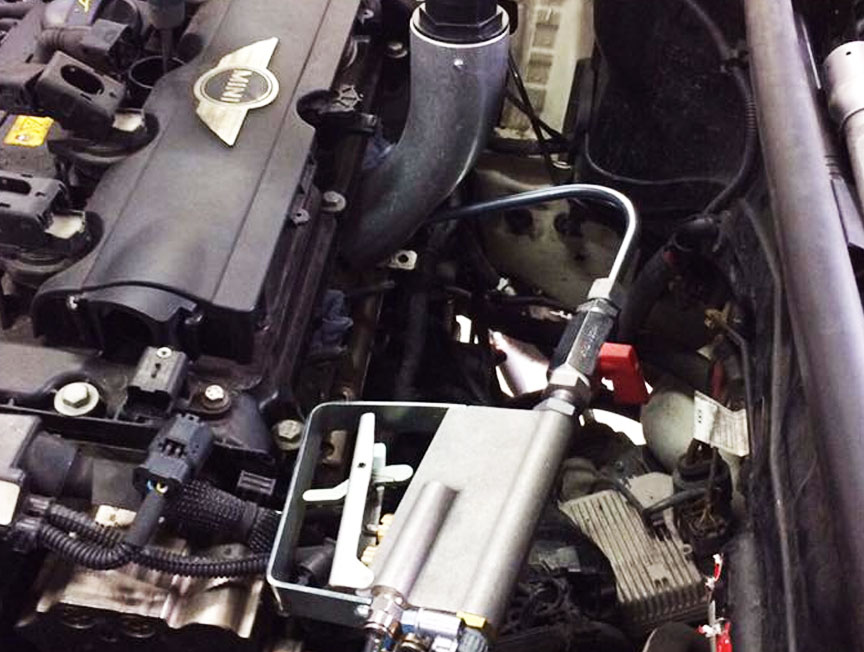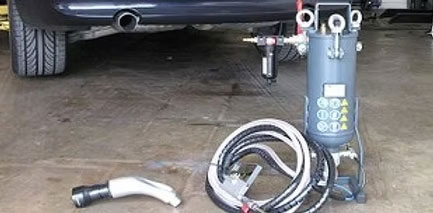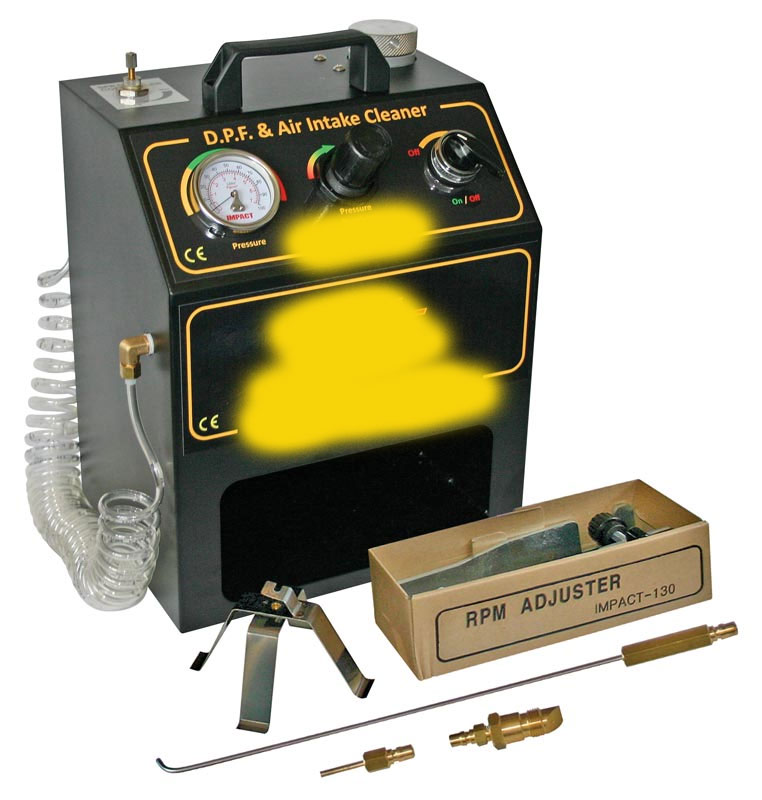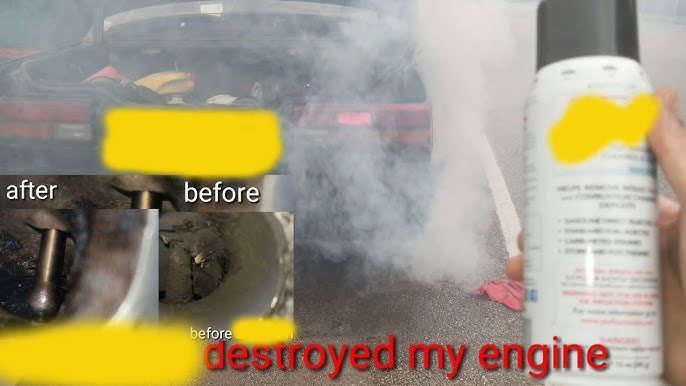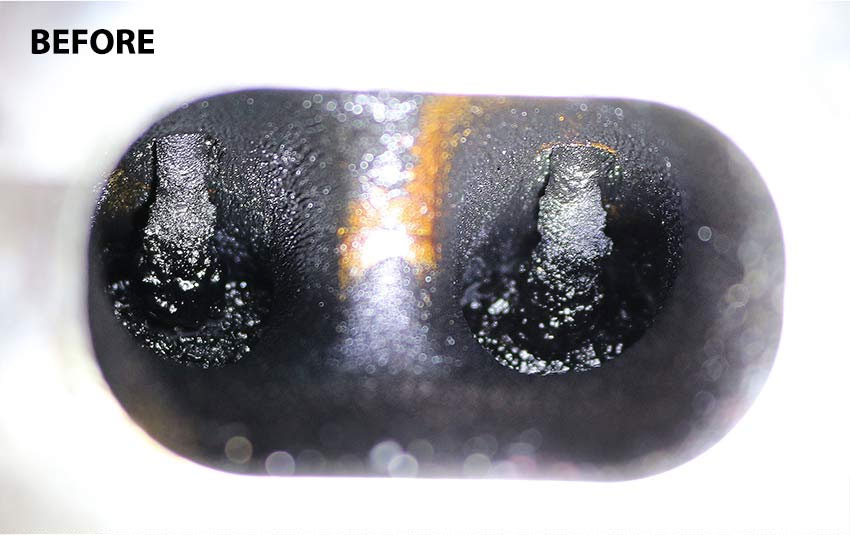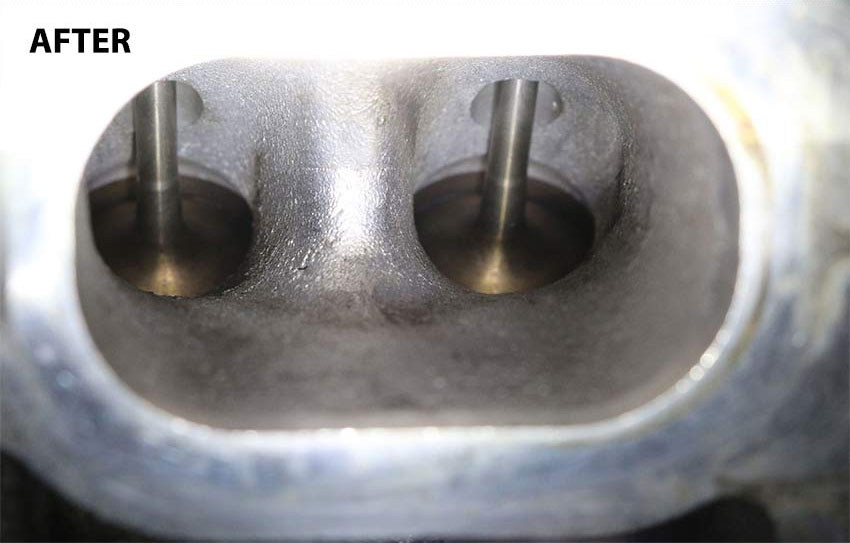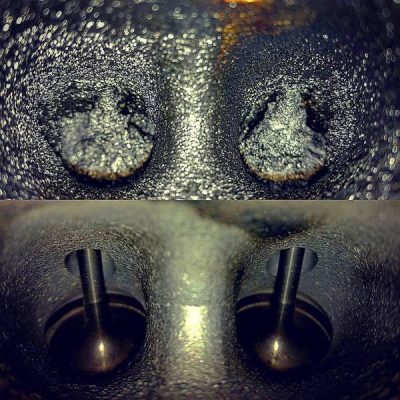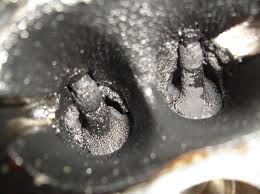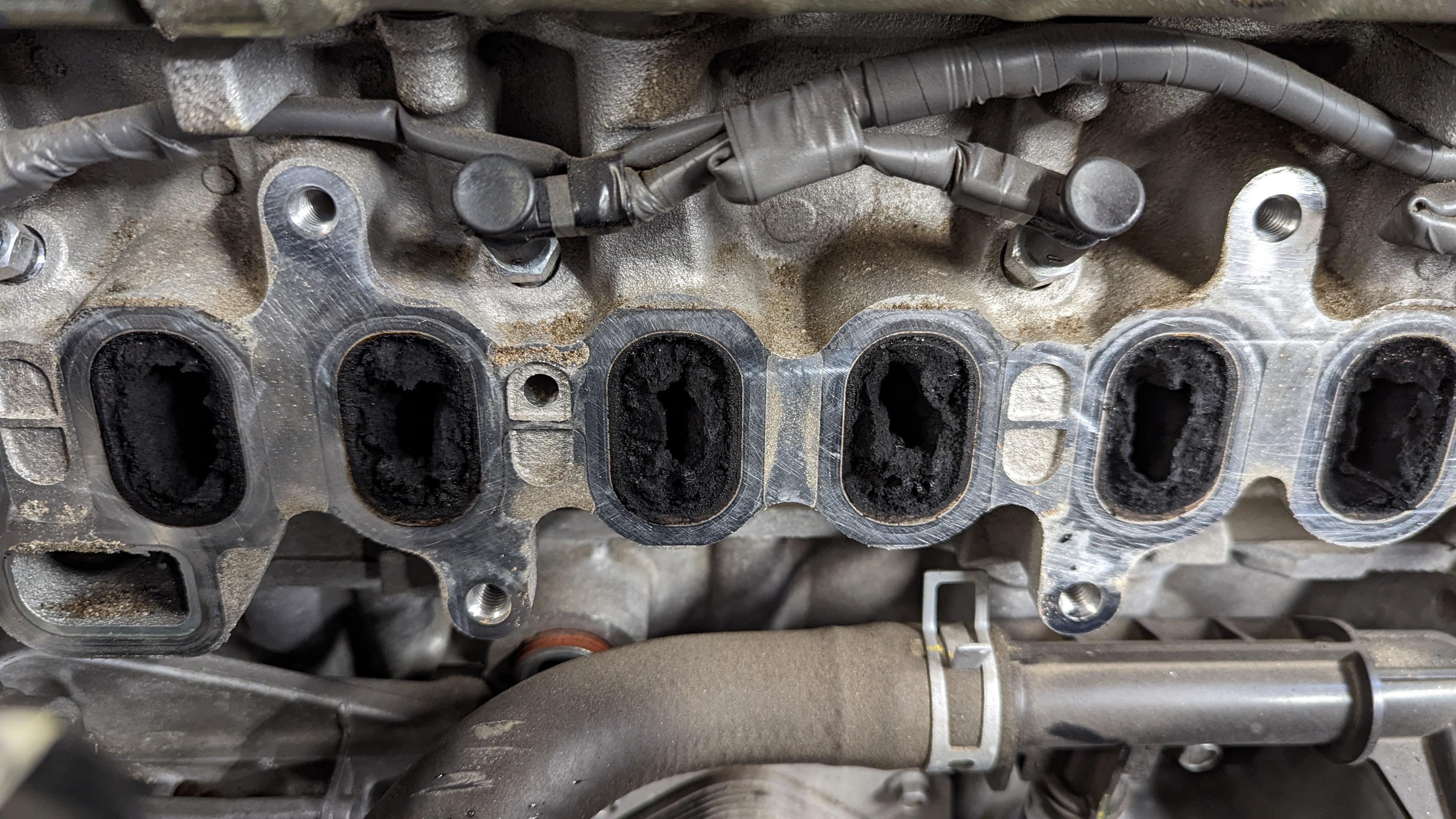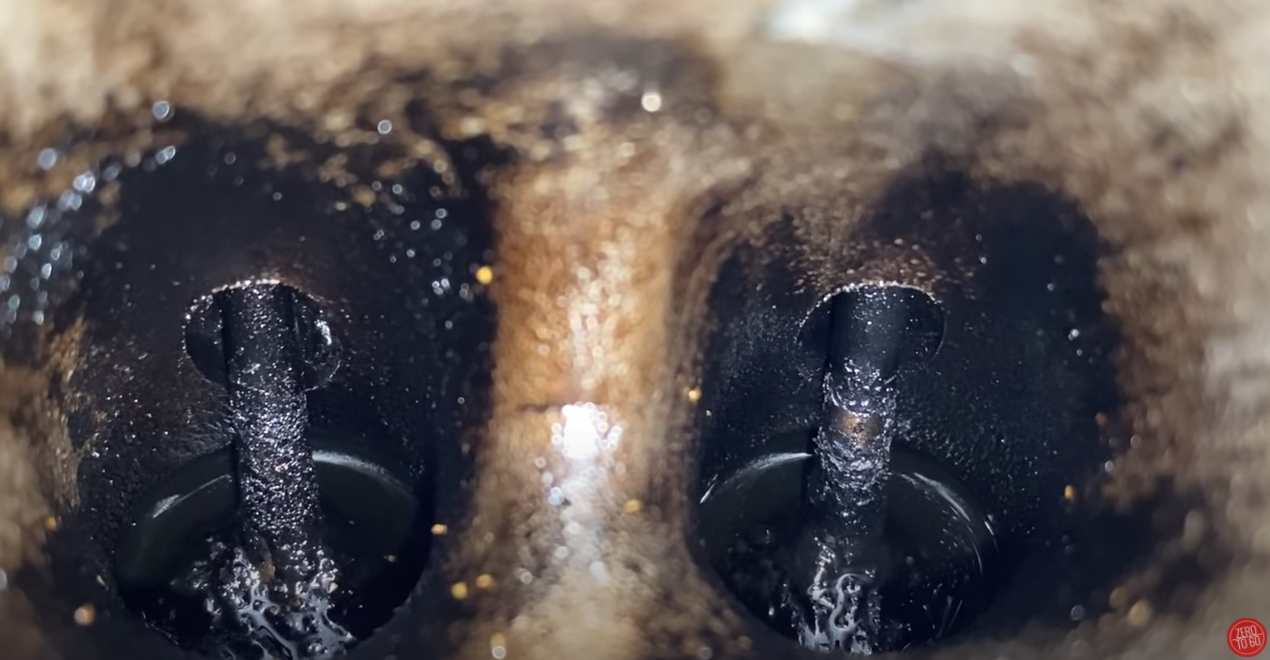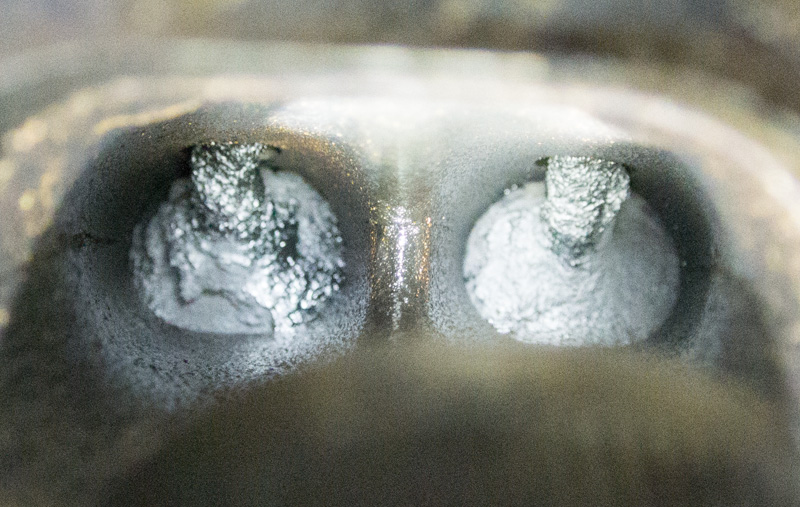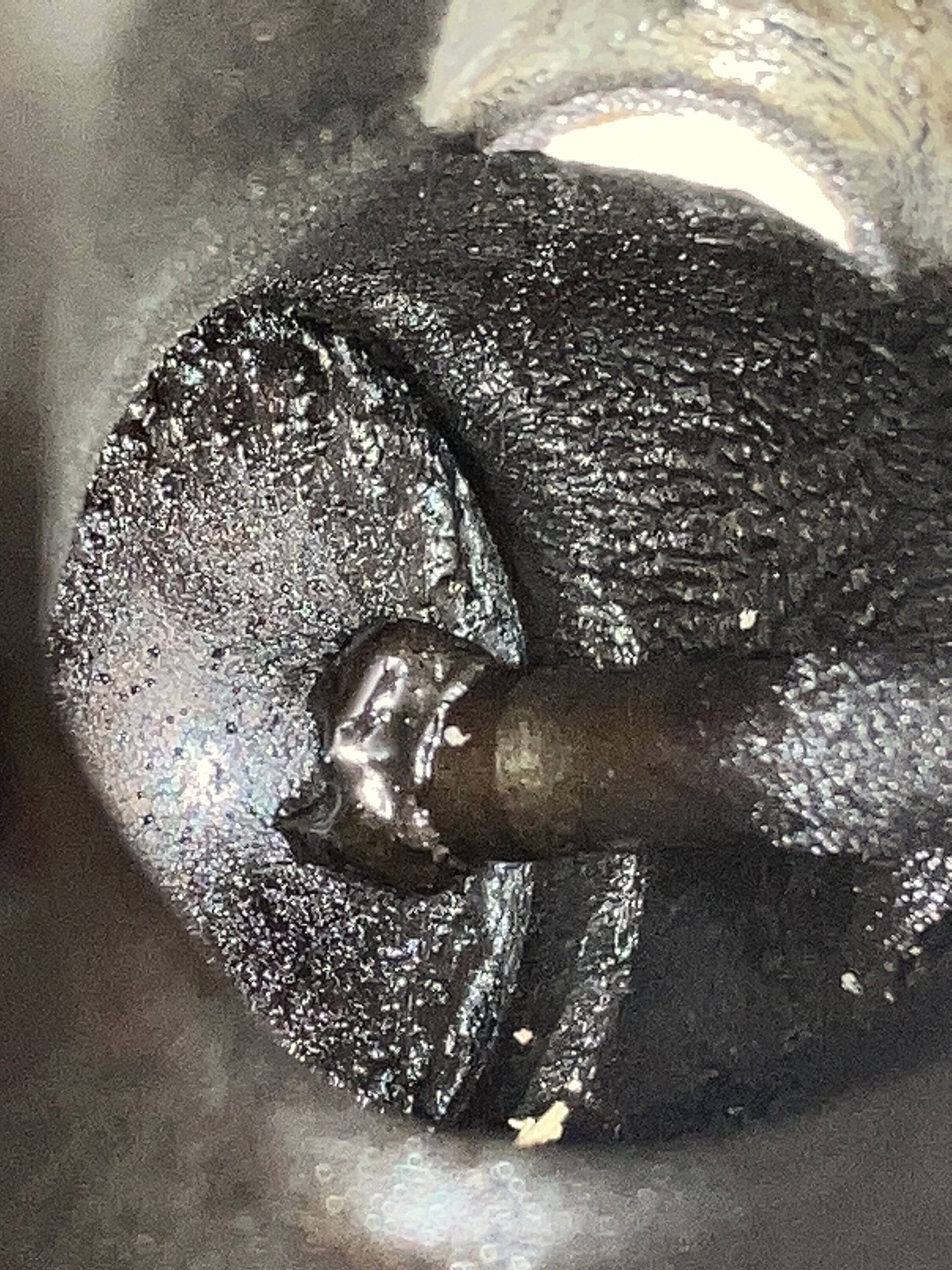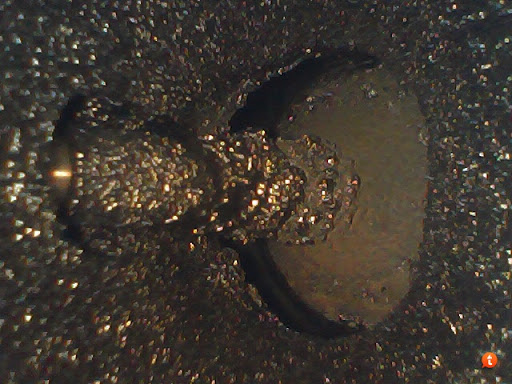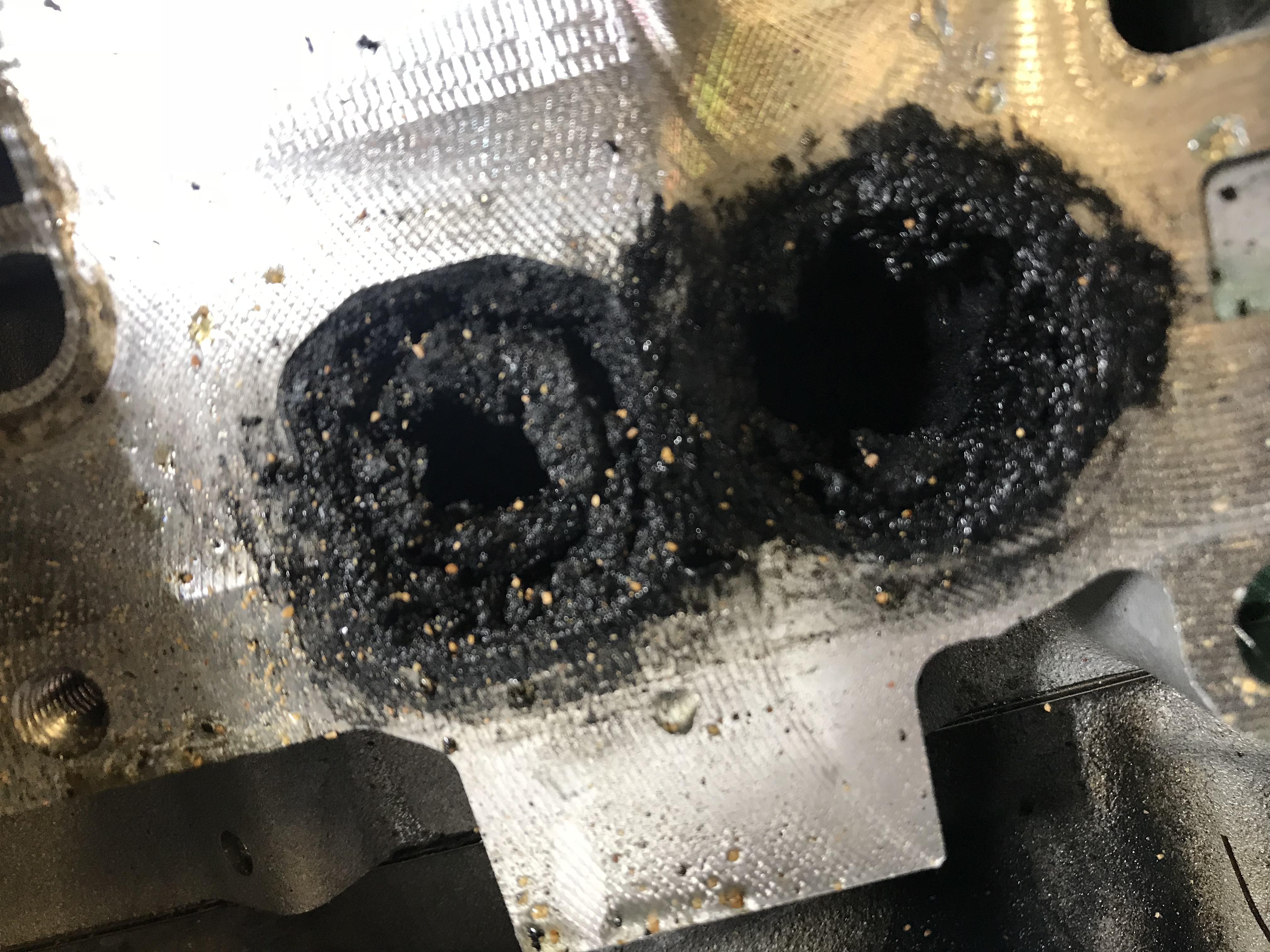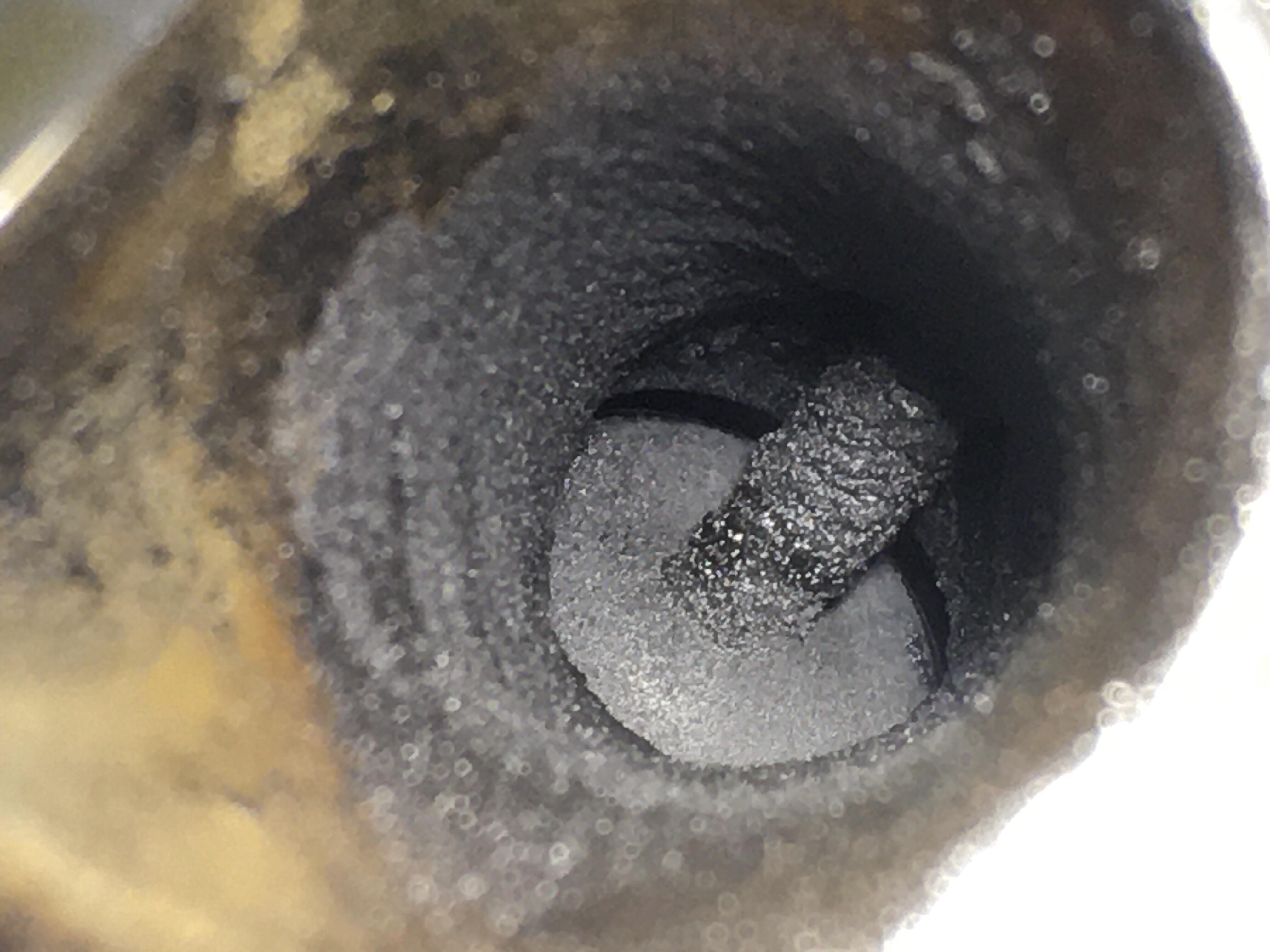Walnut Blasting Carbon Removal
Walnut blasting is a highly effective engine cleaning method used to remove carbon deposits from intake valves and intake tracts. It involves blasting finely crushed walnut shell granules into the intake system at high pressure, dislodging built-up carbon without damaging metal surfaces.
This process is particularly beneficial for direct injection engines, where fuel no longer washes over the intake valves, leading to carbon accumulation that can reduce performance, throttle response, and fuel efficiency. Walnut blasting is a safe, non-corrosive, and manufacturer-approved method for restoring lost power and improving engine efficiency. 🚗💨
